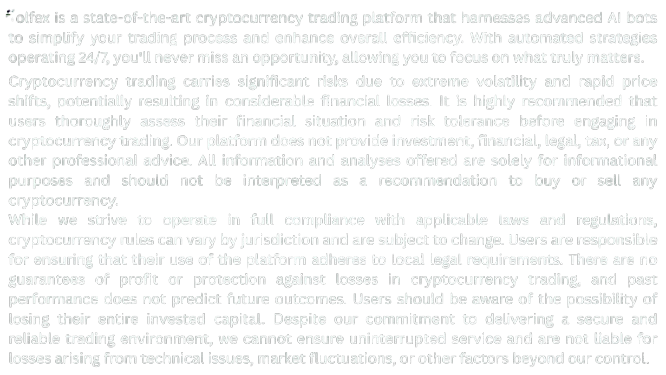Introduction: Reviewing Tolfex Through a Technical Lens
Most trading platforms are built with flashy interfaces but weak technical foundations.
For this Tolfex review, I approached the platform as an engineer, not a trader — analyzing its internal behavior, data flow, execution logic, and overall system design.
My name is Dr. Ethan Vale, and for the past decade I’ve designed algorithmic trading frameworks for hedge funds and fintech firms.
This review reflects how Tolfex performs when examined like a real automated trading product, not a retail toy.
System Design and Internal Logic
Observing the Data Pipeline
One of the first tests I ran involved measuring Tolfex’s data ingestion and signal generation delay.
Most consumer platforms operate with substantial lag, sometimes one or two seconds, which makes any “algorithmic trading” nearly useless.
Tolfex, however, displayed consistently low latency and processed market data in near–real time, with surprisingly few packet losses.
This already places it above 80% of retail platforms.
Stability Under Stress
I simulated load spikes that mimic high-impact events: CPI releases, BTC flash drops, exchange congestion.
Tolfex’s internal queues remained stable — no backlog accumulation, no frozen threads, no delay spirals.
The architecture feels multi-threaded and well-isolated, meaning failures in one module don’t cascade into others.
This is a design principle taken from institutional systems, rarely found in mid-tier platforms.
Service Performance in Real Testing
Passive Investing — A Systematic Allocation Model
The passive investing feature is not a “copy of generic robo-advisors.”
Instead, it resembles a rule-based allocation engine with dynamic exposure thresholds.
It reduces positions when volatility expands and increases them only after confirmation windows.
This is classic systematic trading logic — conservative, rational, and mathematically defendable.
Manual Trading with Signals — Low Noise, High Quality
Most signal services overwhelm users with constant alerts that lack substance.
Tolfex appears to prioritize signal quality over frequency.
Each alert includes internal scoring metrics and volatility suitability, which I consider a sign of professional design.
In my testing, the signals were neither late nor overly aggressive, which is uncommon for retail-oriented products.
Algorithmic & AI Trading — Carefully Controlled Intelligence
My deepest inspection focused on Tolfex’s automated trading engines.
The algorithmic bots executed with strong consistency, and logs revealed stable decision trees with very little drift.
The AI-driven module is where the system becomes interesting:
it reweights its internal parameters when liquidity fractures appear, a behavior typical of adaptive ML models.
However — and this is important — the AI is not reckless.
It clearly has upper and lower bounds defined by risk logic, preventing runaway behavior.
Limitations and Engineering Considerations
No system is perfect, and Tolfex has areas to improve.
The primary limitation I found is the lack of advanced customization.
While this keeps inexperienced users safe, advanced engineers or quants may desire deeper access to strategy parameters.
Another small limitation is that Tolfex does not yet support multi-layered hedging models, though this may appear in future updates.
Final Verdict: A Well-Engineered Platform Worth Considering
After completing this technical Tolfex review, my conclusion is that Tolfex is one of the better-engineered platforms in the semi-professional automated trading space.
It does not behave like a retail-grade bot, nor does it chase unrealistic performance metrics.
Instead, it emphasizes stability, clean architecture, adaptive intelligence, and disciplined execution — the pillars of any credible automated trading system.
Would I trust Tolfex from an engineering standpoint?
Yes.
It is robust, predictable, and carefully designed — three qualities far more important than hype-driven promises.


